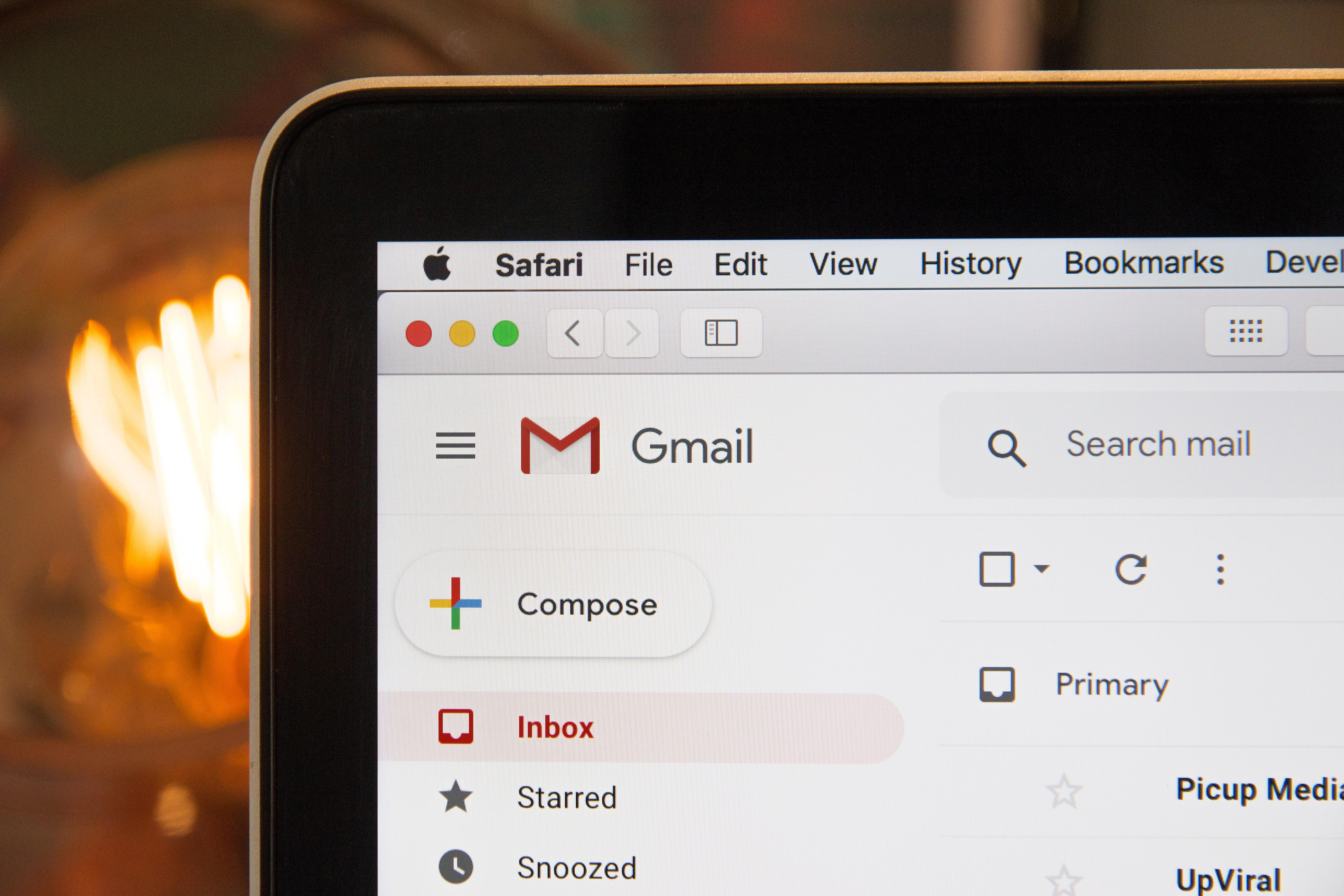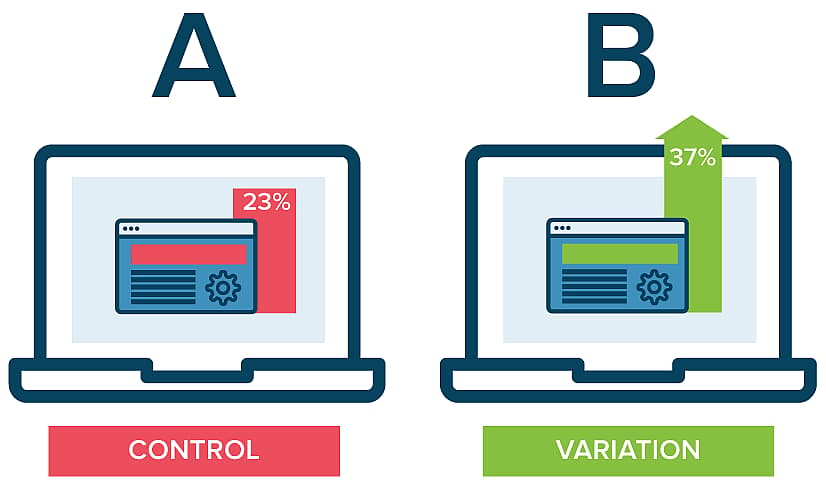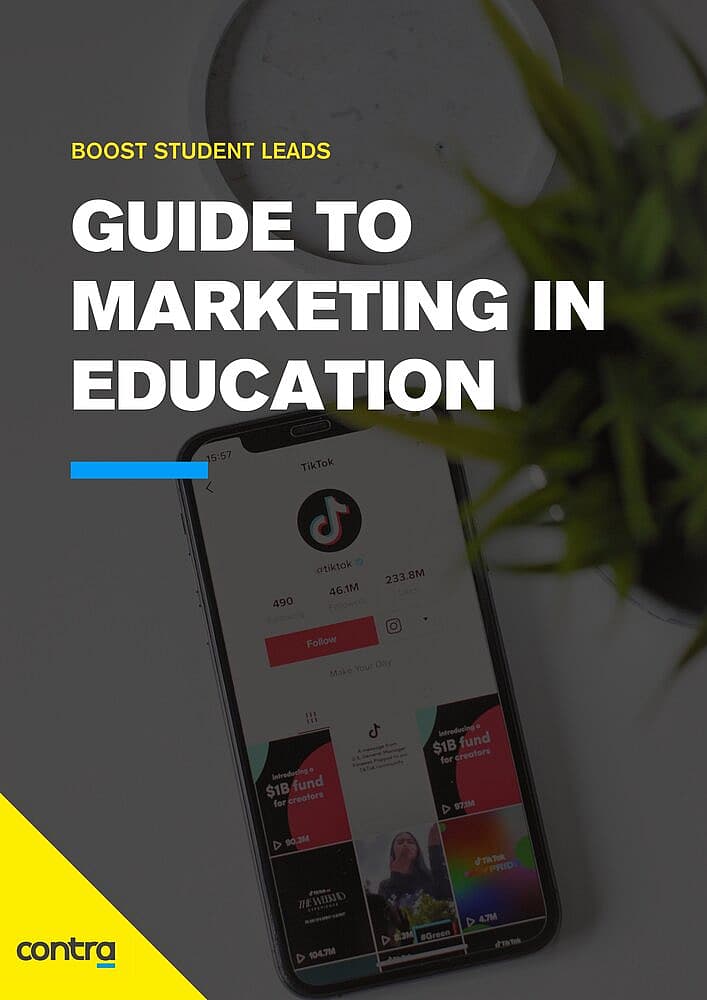Higher Education email marketing: How to boost student leads
18.04.2021
As covered in the last of this series of posts, the battle for hearts and minds of prospective and existing students and tutors is a tricky one to win. However, higher education email marketing can dramatically improve your chances of success.
Email marketing is one of the many channels you can use, but with so many brands and institutions clambering for space, it’s easy to think it might be a waste of time and money.
Yet in a study by eMarketer, the median email marketing ROI is 122%. That’s four times higher than any other digital marketing channel. So what can you do to make your email marketing campaigns sing?

1. Truly understand your audience.
Your college or university collects all sorts of data on student behaviour – some of this is empirical, some anecdotal. Whatever the format, you have a large body of information that can be leveraged to create and evolve your marketing messages.
Surveying existing students to find out what made them apply to your institution (and what makes them stay) is likely to confirm the values you present to the outside world but may also unearth some insights that you can act upon; both positive and negative.
Loughborough University did this brilliantly in their 2016 campaign #LboroFamily where successful applicants received a personalised golden ticket as a welcome to the university. Emma Leech, director of marketing at the university cited student involvement as the linchpin of its success. Speaking to The Times Education in 2018 she said “We work in partnership with the student union. That helps us amplify messages, it allows us to get different takes on things, and it makes sure that the tech that we’re using is current and not something that everyone moved away from 18 months ago.”
Profiling typical student types by creating student personas can help you intelligently group typical behaviours, preferences and motivators to create a strategy that is less likely to see your emails end up unopened or worse, unsubscribed from.
2. Have clear goals.
If a student is on your emailing list then they must have opted in (if not, you’re breaking data protection laws).
That means they’ve already been exposed to and engaged with your campaign message – the trick now is to keep them engaged from the email open right through to carrying out the desired action.
So, being clear about what you want a student to do is not only important to creating an email campaign but it’s also critical when evaluating success.
3. Map out the lifecycle.
Remember that goals will differ depending on the student persona you’re speaking to, the stage that they’re at in their relationship with you (e.g prospective student sitting exams, prospective student who’s passed their exams, prospective student who have an interview with you, existing first year students and so on), and what other communications they’ve received and interacted with.
HubSpot talks about this in terms of funnels and flywheels but whatever the terminology, it’s important to map out typical journeys, implement a measurement framework, run the campaigns, test and adapt.
KEY TIPS: Remember to move your prospective students into different stages of your funnel(s) or flywheels to ensure that email content is relevant to them at that stage. Also revisit your student personas periodically to ensure they are representative of the group that you have assigned to them. It might feel like extra effort but with these small tweaks your email campaign is afforded the best chance of success.

4. Remember that Higher Education email marketing is just one part of your content marketing strategy.
Email is clearly an important way to get relevant content to recipients, but it’s only one part of your content strategy to boost student leads and increase applications. Other places where readers might consume content are your website, your blog, your social channels, external social channels, review sites and more. All of these touchpoints have the potential to help or hinder your Higher Education email marketing campaign’s success.
Whilst you have little control of external channels – though you can influence these too – what you can do is ensure that all of your owned channels marry up.
This comes back to understanding your user journeys and optimising the opportunity for meaningful connection. Simple things like making sure the destination page elaborates on the email message can be the difference between success and failure.
I’ve followed too many email links that have taken me to seemingly irrelevant content, or worse, a 404 error page. Disaster!
5. Create relevant and authentic content.
As detailed in my previous post, relevance and authenticity are critical. A big part of what swayed me in my decision about Higher Education was the people and the physical evidence. This was embodied in the student voice – a carefully crafted email campaign that linked me to my peers.
One way I’ve seen this done well is to have communications come from “Student Ambassadors”. This is a group of students who typify different personas, who have empathy with the challenges a recipient faces and can talk openly about how they have overcome them.
Campaigns also don’t have to stop at recruitment. A well-executed campaign can have longevity by creating content opportunities for sharing by email later on. Loughborough have kept the #LboroFamily campaign alive by profiling alumni success on an annual basis, cementing its aims of creating a vibrant university community.
6. Optimise your subject lines.
Having content come from genuine students can help frame the subject lines of a Higher Education email marketing campaign, e.g. “How I prepared for my interview”, “How I survived clearing”, “Managing my finances as a Fresher” and so on.
Also consider using different send addresses for different personas. It may be worth reminding subscribers to add the domain name (e.g youruniversity.ac.uk) to their safe senders list when they sign up.
Whilst this all sounds like it could be complicated to set up and manage, our experience tells us that once you’ve put in the hard yards at the beginning, you’ll reap the rewards in future by following the same tried and tested methods.
Having a CRM that’s linked to your Email Service Provider (ESP) will make the process even easier.
Let us know if you want us to help with this.
7. Test and adapt.
When sending out email campaigns, always ensure that you build in time for testing and adaptation.
Any good ESP will allow you to A/B test your campaigns to qualify which emails are performing best (in terms of opens, click throughs and unsubscribes).

A/B testing allows you to send two differing email variations to two different subsets of subscribers. If you have over 1,000 subscribers, split test 20% with a 10/10 split to determine which is the more successful email and then send the winning variation to the remaining 80% of subscribers.
Variations can be as subtle as subject lines or as dramatic as the email template used.
Conclusion.
Email can often be seen as an outdated form of outreach, though Higher Education email marketing open rates are one of the highest of all industries (estimated at 25%). Opens are a big part of the challenge but taking a desired action beyond that is the obvious goal. Involving existing students themselves has shown time and again that an authentic student voice boosts the likelihood of a successful email campaign.
Plan your approach carefully and be mindful of who an email is coming from, timing, the student persona you’re talking to and build in testing and evaluation. Also look for opportunities where content can be repurposed to support other channels … which leads us nicely on to the next installment, “Boosting student engagement through social media”.
DOWNLOAD GUIDE
Download our guide to Marketing in Education and begin building your higher education marketing strategy now.
The definitive guide to marketing in Education
This 212-page guide includes:
- Advice from leading industry figures
- Real-world case studies
- A step-by-step approach to build your Education marketing strategy


